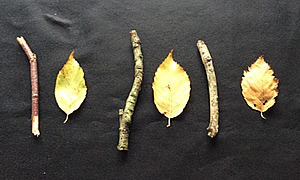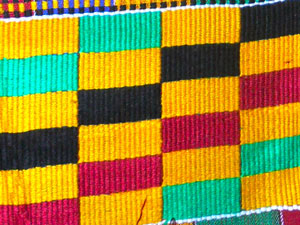Hello everyone,
We learned a little bit about rain this week, and there has been plenty of it! We discussed how water (like the sea) evaporates when the sun shines. This ‘evaporated water’ goes up to the clouds, and when there’s loads of drops of water they get crowded and heavy and fall out of the clouds as rain (try using a kettle to illustrate, or the condensation on windows). Simple explanations are the best. We illustrated this using our water tray and sponges. We also jumped in some puddles, although these were few and far between even after the heavy rain fall in the last few days. Even though children had wellies and their green suits on they still managed to get wet!
Literacy – A different language focus was used this week. Whilst we did use a lot of describing words for rain such as drizzle, rain, storm, downpour, flood, we sequenced the events that lead up to rain falling. Using the words first, then, and next to explain the water cycle helped children to organise their thoughts and express things appropriately. At home you can find a variety of opportunities to use those words to help your child organise themselves and their thoughts. Model that language whenever you’re doing something at home. For instance, when you walk through your door you could say, first we take off our shoes, then we put our slippers on, next we hang up our coat and so on. Encourage your child to use that vocabulary when they are doing an activity. Highlighting this will not only help them to organise their thoughts and language but will help them to organise their belongings too.
Maths – We have continued to discuss patterns (as well as learning about number 6). A pattern is anything that is the same again, and again, and again, and again. Look for simple patterns in your environment, wallpaper in the house, socks and other clothing, bricks in walls, etc. Patterns are everywhere you look so keep your eyes open and they will appear. Sequencing things and putting them in order also supports this, patterns are simply a sequence of the same thing. Make up your own, we did at school. We’ve been using brightly coloured blocks, small world toys and ourselves to make patterns (boy, girl, boy, girl…). We looked at Kente patterns and learned how different patterns mean different things when woven into the fabric. There are many beautiful examples of Kente material on the internet. See what you can find to discuss with your child.


Until next time, do good looking for adventures, clean your ears out for good listening and turn your noggins (brains) on for good learning.
Take care and stay safe,
Mrs Howe, Mrs Gavriel, Mrs Mitzman, Mrs Hill and Mrs Currie
